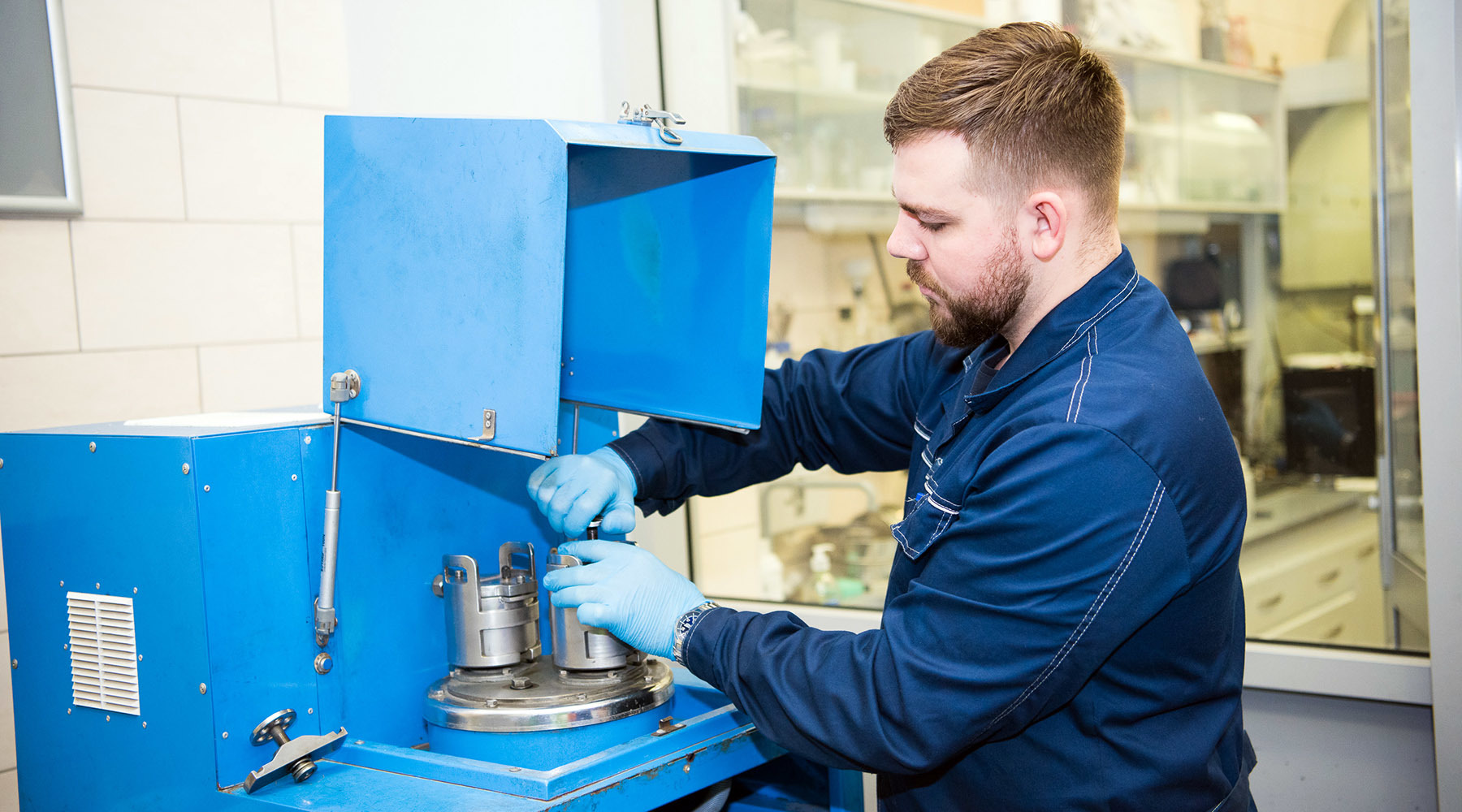Material scientists at the National Research Technological University of MISiS have created the world's most refractory ceramic materialhafnium carbonitride capable of withstanding a temperature of 4200 ° C. This was reported in the journal Ceramics International.
Until now, tantalum-hafnium carbide with a melting point of 3990 ° C was considered the most refractory compound created by man. The study of American colleagues in 2015, in which computer temperature simulations predicted exceptional temperature properties and high hardness of a composite compound of hafnium, carbon and nitrogen, prompted the idea of creating a more refractory material for materials scientists MISiS. According to the calculations of researchers from the United States, this substance must withstand approximately 4200 ° C, be characterized by high thermal conductivity and resistance to oxidation.
“To obtain the new material, a triple hafnium-carbon-nitrogen system was used. Using self-propagating high-temperature synthesis, we obtained the substance hafnium carbonitride - nitrogen-saturated hafnium carbide, ”said Dmitry Moskovskikh, director of the research center for structural and ceramic nanomaterials at MISiS, in an interview with RT.
Next, scientists compared the fusibility of two materials: the starting hafnium carbide (melts at 3990 ° C) and the resulting hafnium carbonitride. Using a battery and molybdenum electrodes, they simultaneously heated two materials in high vacuum. As a result, the carbide melted, and the carbonitride remained unchanged. However, at the moment, scientists note, they could not determine the specific melting temperature of the new material above 4000 ° C.
To confirm all the properties of the new material, predicted by computer simulation, scientists need to conduct additional experiments. For this, according to Dmitry Moskovsky, an agreement was concluded with the Joint Institute for High Temperatures of the Russian Academy of Sciences on pyrometric analysis, which was postponed due to the COVID-19 pandemic.
After removing the restrictions, a study is planned during which hafnium carbonitride will be melted by a laser with simultaneous measurement of thermophysical properties, including the melting point.
- Preliminary studies show that hafnium carbonitride can withstand temperatures of 4200 ° C
- © NITU MISiS
According to scientists, the development of such high-temperature materials will be in demand in the creation of aviation, rocket and space and special military equipment. At hypersonic speed and when passing through the Earth’s atmosphere, engines, wings and nose fairings of aircraft operate at temperatures above 2000 ° C and mustbe protected from environmental influences. Such devices use ceramic thermal protection using the most durable and refractory composite materials.
In the future, to test the possibility of using hafnium carbonitride in the aerospace industry, a hypersonic study is planned to study ablation - the evaporation of the outer layers of the material.

